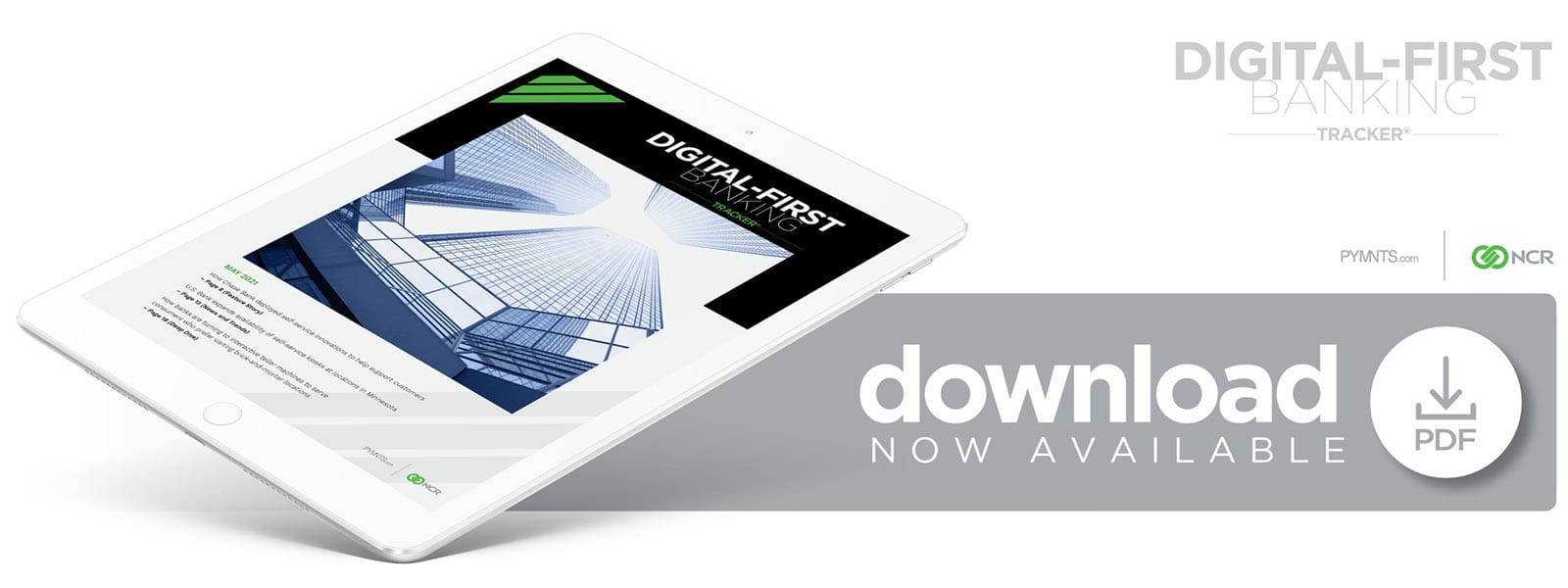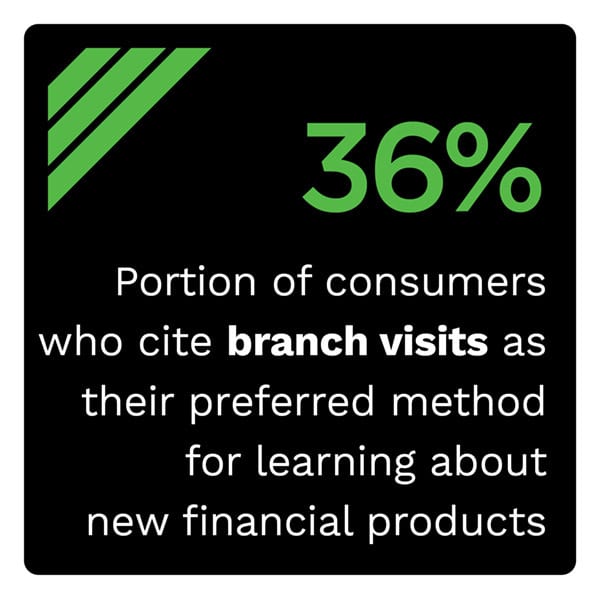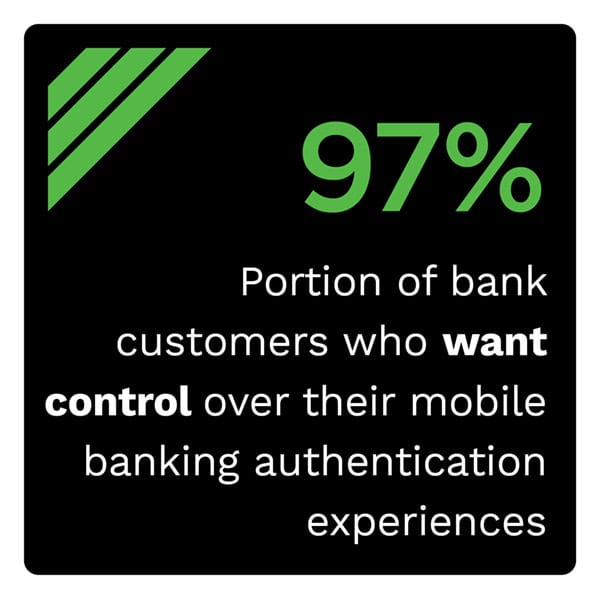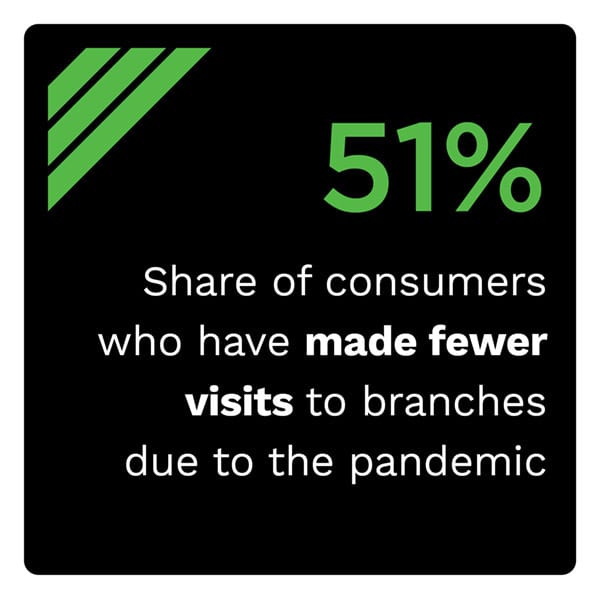Chase Bank: Mobile Builds Bridge Between Consumers’ Old, New Banking Habits

 Despite the widespread adoption of digital banking, many consumers still prefer to do some business at the branch. One recent survey revealed while 93 percent of respondents said their bank’s website or mobile app meets their needs, the availability of tellers and account specialists is important to 61 percent of customers. In addition, 71 percent reported access to self-serve tools is among the top three essential features that are important to them in a branch experience. One-third of respondents reported they wanted access to video tellers and smart ATMs at their next visit.
Despite the widespread adoption of digital banking, many consumers still prefer to do some business at the branch. One recent survey revealed while 93 percent of respondents said their bank’s website or mobile app meets their needs, the availability of tellers and account specialists is important to 61 percent of customers. In addition, 71 percent reported access to self-serve tools is among the top three essential features that are important to them in a branch experience. One-third of respondents reported they wanted access to video tellers and smart ATMs at their next visit.
The May edition of the Digital-First Tracker® examines the most recent developments in the digital-first banking sector, including how self-service technologies have become even more popular since the pandemic. In an effort to stay focused on customer service, banks have met the demands with newer technologies such as smart ATMs and interactive teller machines (ITMs).
Around The Digital-First Banking Landscape
A new survey found 41 percent of consumers in North American are more likely to open an account digitally compared to a year ago. It also found nearly one-third are less likely to visit a branch to open a new account. Researchers reported consumers expect a seamless experience when opening accounts digitally. Customers also said they don’t want to be required to use another channel to complete enrollment tasks, especially when it comes to identity verification.
Customer satisfaction with digital banking has fallen in 2021 as banks moved operations online due to the pandemic, according to one study. It found overall satisfaction for banks fell to 852 out of 1,000. That’s down a dozen points from a year ago. Consumers with deposit-only accounts and those who cited being worse off financially than they were 12 months ago exhibited t he most dramatic declines.
he most dramatic declines.
Artificial Intelligence (AI) will be the key driver of success over the next few years, according to a new study of financial executives. It revealed 83 percent agreed that AI provides access to data which could lead to making personalized offers and adding customers. But researchers learned only 16 percent of financial institutions use AI to provide tailored services. While AI drives innovation, obstacles exist and adoption by firms has been slow. The report noted that since the start of the pandemic, consumers have upped their desire for digital solutions.
For more on these and other stories, check out the Trackers News & Trends section.
Chase Bank On Putting Self-Service Innovations At Consumers’ Fingertips
Chase Bank had more than 56 million digital customers at the end of Q1 2021 — up 5 percent from the same quarter in 2020 — and nearly 42 million of its customers were mobile banking users, representing an increase of 9 percent from the same period last year. This highlights the massive increase in the number of consumers seeking self-service tools to take care of their banking needs in the last year. The shift is driving banks such as Chase to speed the development and deployment of self-service technologies such as smart ATMs, ITMs and enhanced mobile banking apps. In this month’s Feature Story, Allison Beer, chief product officer and head of customer experience and digital for Chase Bank explains how the bank has channeled its efforts to innovate for the digital-first customer.
To get the full story, download the Tracker.
Deep Dive: How Self-Service Tools Can Meet Consumers’ Brick -And-Mortar Banking Demands
-And-Mortar Banking Demands
The pandemic has undoubtedly accelerated consumers’ shift to digital-first banking, but many still prefer to access services at brick-and-mortar branches. One way in which banks are fulfilling this need for safe, personalized branch-based services is via ITMs, which combine video technology, touchscreen functionality and other tools to reproduce the in-person experience virtually. This month’s Deep Dive examines how banks are catering to consumers who prefer enhanced brick-and-mortar visits.
About The Tracker
The Digital-First Tracker®, a PYMNTS and NCR collaboration, examines digital banking sector. The May issue highlights recent developments in the digital-first space, including how lenders are incorporating self-serve tools to meet the needs of customers who prefer in-branch banking.